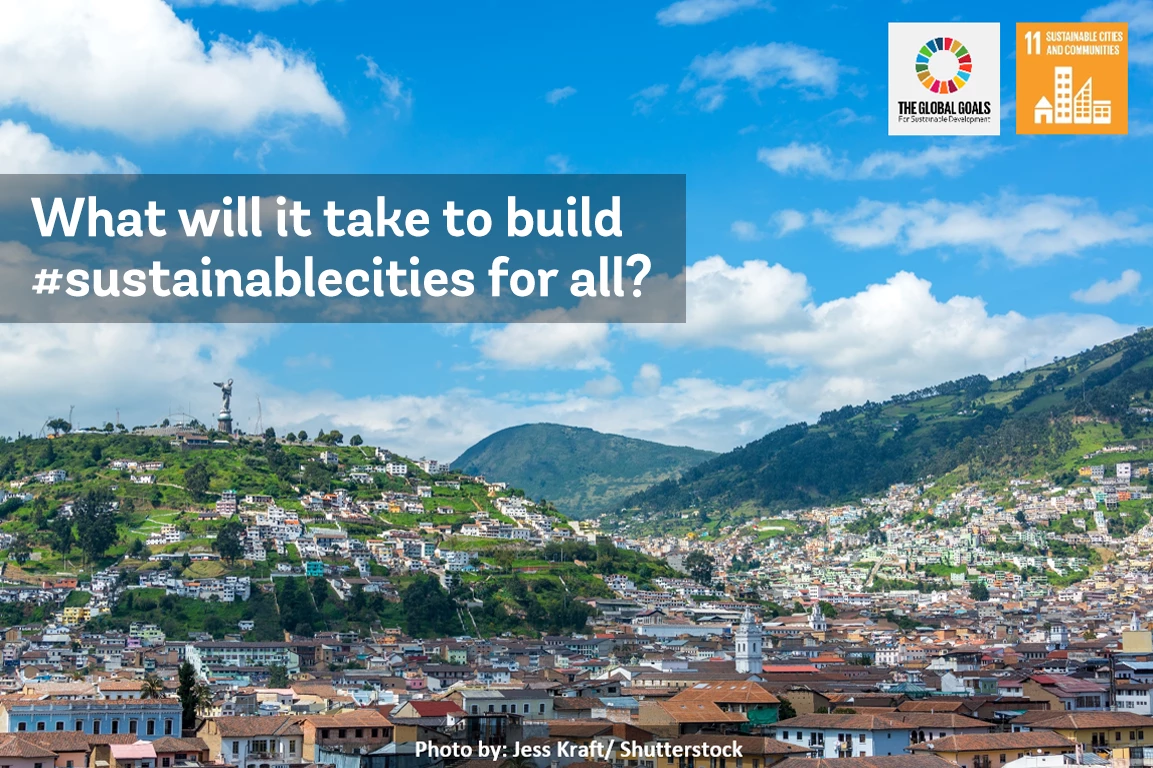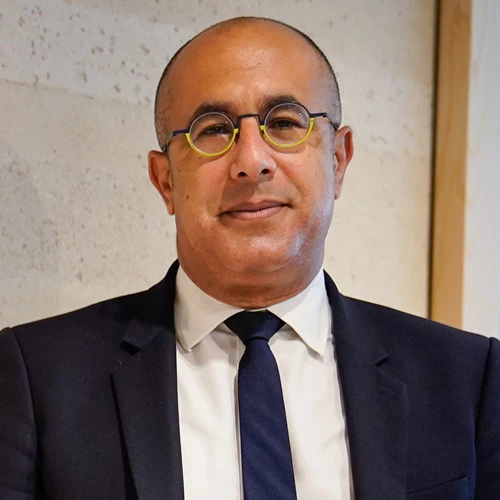
There is no better way to mark this year’s World Cities Day than reflecting on the adoption of the New Urban Agenda at the recent Habitat III conference in Quito. The agenda reaffirms the political commitment to sustainable urbanization and provides a framework to guide global urban development over the next 20 years, based on a shared vision of cities that are inclusive, safe, resilient and sustainable .
In an era of rapid urbanization and climate change, managing urban growth sustainably and building cities that work is indeed one of our most pressing development challenges.
Already, more than half of the global population — nearly 4 billion people — live in urban areas. Two decades from now, that number will grow to 5.5 billion — more than 60 percent of the world’s population. At the same time, the total built-up area of the world’s cities is expected to be double by 2030 what it is today, if not more.
Because urban-planning decisions lock cities in for generations, what policymakers decide in these two decades will make or break cities’ sustainable future for the rest of this century. With that in mind, one may ask: What will the world look like when Habitat IV takes place in 20 years?
I can imagine two opposite ends of the spectrum.
On one end, cities have been left to their own devices and have grown to a practically ungovernable state due to inadequate planning and poor management. In such a situation, these cities are characterized by the following:
- The urban population has doubled, with cities sprawling far beyond a point where basic services can be affordably or effectively provided.
- Investment in infrastructure cannot keep up, at least with the need for affordable land and housing.
- Vast numbers of people occupy low-density settlements at the fringe of the city without access to water, sanitation or electricity, and in high-risk areas prone to storms, floods or landslides.
- Inequality is all the more visible. Jobs and economic opportunities remain concentrated in central areas. Without a good transport network, city dwellers have few options to access these opportunities.
On the other end, well-planned and well-managed cities are able to fully harness the benefits of urbanization to generate and sustain growth. These cities see a far different set of characteristics:
- These model cities of the future not only accommodate population increases and meet basic needs but create urban environments that are highly livable and sustainable.
- These cities also benefit from comprehensive urban infrastructure, including effective public transportation systems, as well as data-driven, people-centred urban planning — such as the city of Seoul, which has undergone a remarkable transformation from a poor, sprawling city to one that drives one of Asia’s largest economies.
- Planning in these cities adopts a long-term, integrated view, and infrastructure is increasingly designed not only to be resilient but also to serve as green public spaces. In Singapore, for example, urban growth has been managed in such a way that the city’s green cover has actually increased over time, in spite of increasing densities.
- The result is cities that are efficient, attractive and able to provide a high quality of life while also enabling further growth.
Which of these two urban worlds do we want to live in? To me, the choice is clear. But to get there, regional, national and city leaders need to get to work. They must make informed decisions about planning, connecting and financing their cities.
We recognize that no two cities are the same, and that urban growth should be planned and managed to suit each local context. Yet a few basic building blocks can help all cities be better prepared for the growth that is to come.
Well-managed urban growth will not happen by chance. So, strengthening institutions for integrated land use and transport planning, as well as for the management of land and property rights, are essential first steps.
The second of these building blocks needs to be investing in resilient basic infrastructure to meet the population’s needs, particularly in connecting urban residents to jobs and markets, is another.
However, the infrastructure financing needs of cities is immense. In order to bridge this gap, governments will need to better leverage private sector financing.
Throughout history, development has been accompanied by rapid urbanization, although the relationship has not always been mutually reinforcing. We have the opportunity now to set this relationship on the right course. Let us build on the momentum of Habitat III to take concrete steps toward realizing the New Urban Agenda and, eventually, the Sustainable Development Goals.
This blog post was originally published on Citiscope.




Join the Conversation